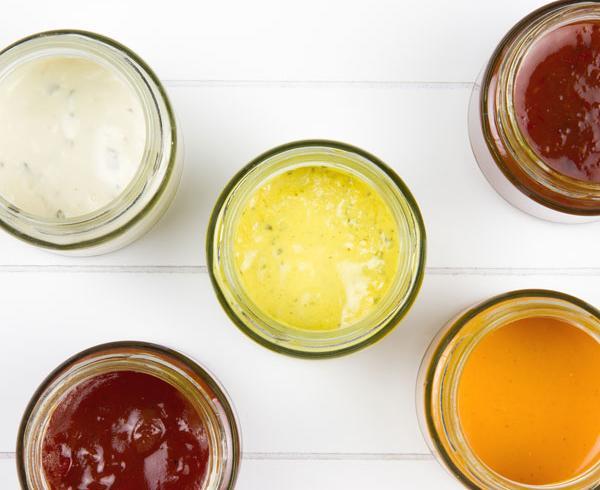Condiments Growing Globally
The global condiments market—which includes sauces, spreads, dips, and dressings, among others—is expected to reach $139.2 billion this year.1 By 2026, the market is forecast to reach $172.2 billion, with a CAGR of 4.28%.2
Condiments have a long tradition and broad appeal as a way to add delicious flavor to day-to-day foods, including main courses, side dishes, and snacks. This flavor focus makes it an exciting market, characterized by steady innovation and the migration of local and regional flavors to new parts of the world.
In this competitive space, brands need to have a good understanding of what flavors will most appeal to consumers and an awareness of differences in demographics. While innovation in this market is largely flavor-driven, health and nutrition are also emerging as strategies brands can use to attract new consumers.





